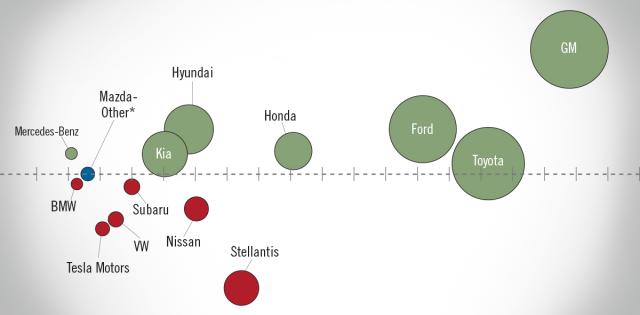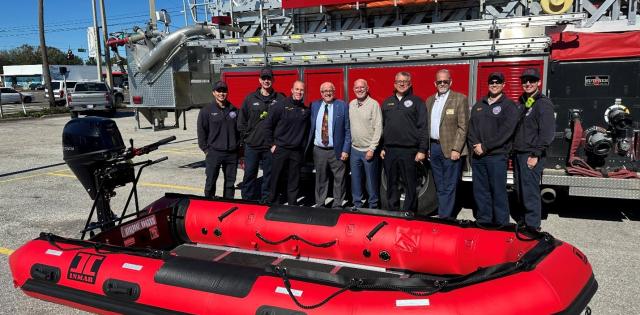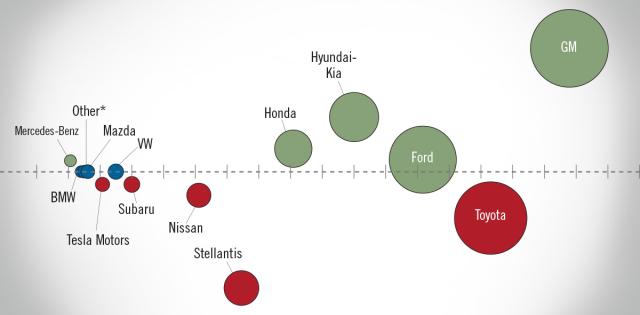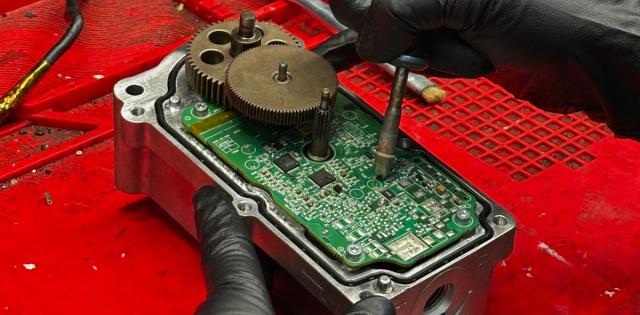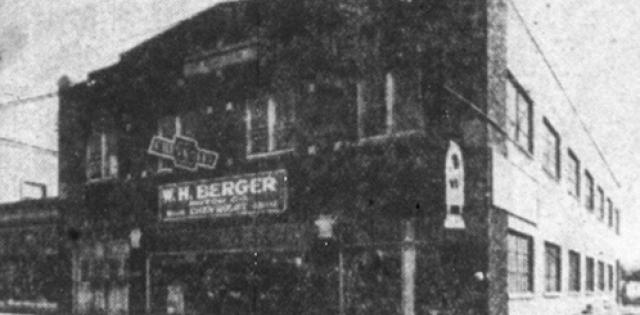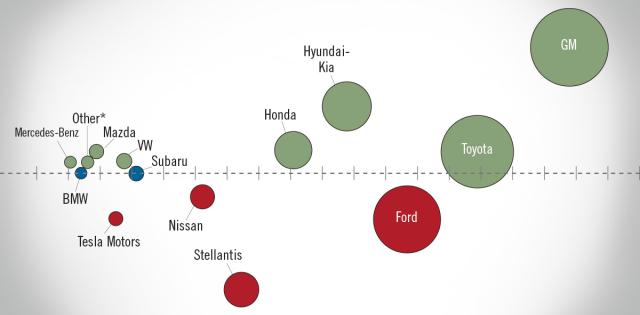Every dealer knows that an effective service department is key to a successful dealership. Well-managed service departments keep our customers’ cars and trucks on the road, while providing a steady source of income for local dealerships and jobs for our communities.
But today’s service departments are facing a crisis, in the growing shortage of skilled technicians to service America’s cars and trucks. It’s a crisis that will deeply impact our industry unless we get ahead of it today.
According to the U.S. Department of Labor, the automotive industry employs about 750,000 service technicians at new-car dealerships, auctions, independent repair shops and other businesses. Nearly half work at new-car dealerships.
Just to keep pace with retirements and new jobs in the sector, our industry needs to replace approximately 76,000 technicians each year. Yet new entrants are not keeping pace with demand. Each year, America’s technical colleges and training programs graduate about 37,000 new technicians —leaving an annual shortage of approximately 39,000 trained technicians. Unless we increase the supply of technicians, the shortage we feel today will transform into a severe shortage in 8-10 years—potentially leaving our customers with higher prices and significant wait times to keep their vehicles on the road.
Many dealerships and OEMs are navigating this issue at the micro level. Some dealers have figured out how to farm technicians locally through apprenticeship programs. Some make it work through cut-throat competition with other dealerships to hire the best technicians for their service department. OEMs individually promote their own training programs.
But what we need today is a coordinated, industry- wide, brand-neutral effort to increase the supply of technicians – where dealers, OEMs and industry partners like auctions are all pushing in the same direction. We need to increase the desirability of becoming a technician in order to push the supply curve out.
The average dealership technician in the United States today makes $61,067 in salary, plus benefits. Today’s techs spend significant time on computers diagnosing problems, and have great opportunities for personal growth and career advancement. Experienced technicians can make more than $100,000 annually and service managers can make even more.
Our industry has a good story to tell. We just need to get together and start telling it to the right people.
To do that, the NADA Foundation recently launched a new Workforce Initiative designed to promote technician careers among target demographics across the country. The initiative includes:
- A new consumer-facing website, org, that promotes the benefits of technician careers, provides an interactive map with the closest training center for a prospective technician, and a list of available scholarships in their area.
- New video stories where real technicians talk about both their work and the lifestyle provided by their
- An integrated digital marketing effort to increase enrollments in automotive tech training programs—especially at OEM-sponsored programs, which place thousands of students each year into dealership
- A robust presence at national train-the-trainer conferences and events, to promote the benefits of technician careers with high school guidance
counselors, community colleges, military separation officers at bases, and at major conferences like SEMA.
- Actionable economic research to determine how to best recruit and retain
- The possible creation of a nationwide network of career fair events to bring students, career centers and dealers together for employment in their communities.
You may be asking: Why hasn’t this been done already?
The answer is that parts have been done—but across many siloes and with many messages. Some OEMs do it, some dealers do it, and some training programs do it, but with no leader or coordination.
For example, until the launch of our website, there was nowhere for a prospective technician to find out where their closest training program was located. For example, Toyota’s T-10 website shows where the Toyota programs are, Ford’s ASSET website shows where the Ford programs are, and GM’s ASEP website shows where the GM programs are. But each ignore the other, leaving prospective students confused.
Our new website brings together all OEM training programs onto the same map, through data provided by our friends at Auto Service Excellence (ASE). Anyone can now find out where the closest ASE training program is located, public or private, regardless of manufacturer.
Critically, many seats in those OEM training programs go unfilled each year—even when a job is virtually guaranteed upon graduation. Our digital efforts will promote technician careers among community college students, especially at schools where there are OEM-sponsored programs—so students will consider becoming an auto tech as well as a radiology technician or airline technician. Our goal is to fill OEM training programs to capacity.
And our industry needs to be present at forums promoting skilled labor careers. Every year, school counselors across the country gather for the American School Counselor Association (ASCA) conference, where guidance counselors learn about careers they can recommend to their students. The automotive industry needs to be present at events like these. It may not make sense for Ford or Volvo or Auto Nation to have individual pavilions, but our industry should—and will, through the new NADA Foundation initiative.
Our efforts are gaining momentum. Toyota, Porsche, PACCAR, and the National Auto Auction Association have generously stepped up with resources, and we are continuing to talk to all OEMs, large dealership groups, and allied industry partners to come together behind this initiative. Personnel is core to the dealership business model. And few employees are more valuable to a dealership than experienced technicians. Let’s work together to bring more men and women into these challenging, well-paying careers.



